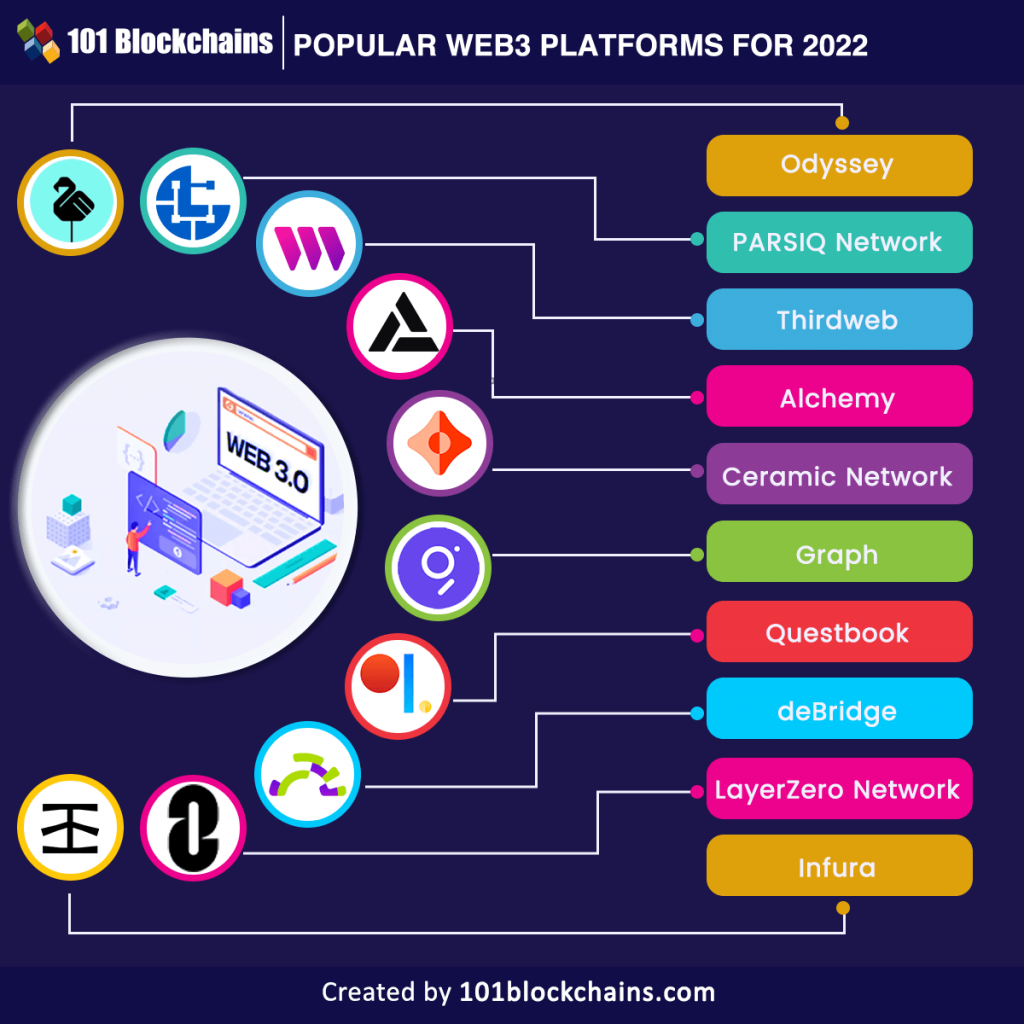
Unlocking Blockchain: A Beginner’s Guide to Understanding the Fundamentals
In an increasingly digital world, a term has been making waves across industries: blockchain. From finance and healthcare to supply chain and art, blockchain technology is touted as a game-changer, promising enhanced security, transparency, and efficiency. But what exactly is blockchain? For many, it remains a mysterious, complex concept often conflated solely with cryptocurrencies like Bitcoin.
This comprehensive guide is designed to demystify blockchain, breaking down its fundamental concepts into easy-to-understand language. Whether you’re a curious individual, an aspiring tech enthusiast, or a business professional looking to grasp the basics, you’ve come to the right place.
What is Blockchain? The Core Concept Explained
At its heart, blockchain is a decentralized, distributed ledger technology (DLT). Imagine a giant, shared digital notebook where information is recorded. Instead of one person owning and controlling this notebook, thousands or millions of copies exist across a vast network of computers, and everyone can see the entries.
Here’s a breakdown of what that means:
- Ledger: Just like an accounting ledger records financial transactions, a blockchain ledger records any type of data – transactions, agreements, digital identities, or even medical records.
- Blocks: The "block" in blockchain refers to a collection of these records or transactions. Once a block is filled with data, it’s sealed and added to the chain.
- Chain: The "chain" refers to the way these blocks are linked together chronologically and cryptographically. Each new block contains a unique "digital fingerprint" (called a hash) of the previous block, creating an unbreakable link. This makes it incredibly difficult to alter past information.
- Decentralized: This is a crucial aspect. Unlike traditional systems where a central authority (like a bank or a government) controls the data, a blockchain’s data is spread across a network of computers (called "nodes"). No single entity has control, making it resistant to single points of failure or censorship.
- Distributed: Every participant in the network has an identical copy of the entire ledger. When a new block is added, all copies are updated simultaneously.
Think of it like this: Instead of a single company managing a database, imagine a group of friends co-authoring a Google Doc. Every change is tracked, everyone has an updated copy, and if one friend’s computer crashes, the document still exists on everyone else’s. Blockchain takes this concept to a global, highly secure, and tamper-proof level.
How Does Blockchain Work? The Building Blocks of Trust
To truly understand blockchain, let’s dive into its operational mechanics. It’s a series of steps that ensure the integrity and security of the data:
- A Transaction Occurs: Someone initiates a transaction or data entry (e.g., sending cryptocurrency, recording a medical update, transferring a digital asset).
- Creation of a Block: This transaction, along with others that have occurred around the same time, is bundled into a "block." Each block also includes a timestamp and the unique cryptographic hash of the previous block.
- Network Validation (Consensus): The newly created block is broadcast to the entire blockchain network. Special computers called "nodes" (or "miners" in some systems) then verify the transactions within the block. They check if the sender has the right to make the transaction, if the data is valid, and if it adheres to the network’s rules. This validation process is governed by a consensus mechanism.
- Consensus Mechanism: This is the method by which all participants in the network agree on the validity of new transactions and the order of blocks. The most famous is Proof of Work (PoW), used by Bitcoin, where "miners" compete to solve complex mathematical puzzles. The first to solve it gets to add the new block and is rewarded. Other mechanisms include Proof of Stake (PoS), which is more energy-efficient and relies on participants "staking" their cryptocurrency to validate transactions.
- Adding to the Chain: Once a majority of the nodes verify the block, it’s officially added to the existing chain of blocks. This new block now contains the hash of the block that came before it, creating that irreversible link.
- Distribution: Every node on the network updates its copy of the blockchain ledger with the new block, ensuring everyone has the most current and identical version.
This entire process ensures that once data is recorded on the blockchain, it becomes incredibly difficult, if not impossible, to alter or remove it without detection.
Key Concepts in Blockchain Technology
To further solidify your understanding, let’s define some essential terms frequently used in the blockchain space:
- Decentralization: As discussed, this means no single entity controls the network. Power is distributed among all participants, making it more resilient and resistant to censorship or manipulation.
- Immutability: Once a transaction or data entry is recorded on the blockchain and added to a block, it cannot be changed or deleted. This is due to the cryptographic linking of blocks. Think of it as a permanent, unalterable historical record.
- Transparency (and Pseudonymity): While individual identities are typically anonymous or pseudonymous (represented by a unique string of characters), all transactions on a public blockchain are visible to everyone on the network. This creates a high degree of transparency in the record-keeping.
- Cryptography: This is the science of secure communication in the presence of adversaries. Blockchain uses advanced cryptographic techniques (like hashing) to secure and link blocks, ensuring data integrity and user privacy.
- Nodes: These are the computers or servers that participate in the blockchain network. They store a copy of the entire ledger, validate transactions, and contribute to the network’s security.
- Smart Contracts: These are self-executing contracts with the terms of the agreement directly written into lines of code. They run on the blockchain, automatically executing when pre-defined conditions are met. For example, a smart contract could automatically release payment to a supplier once a shipment is confirmed delivered.
- Cryptocurrency: While often confused with blockchain itself, cryptocurrency (like Bitcoin or Ethereum) is an application of blockchain technology. It’s a digital or virtual currency secured by cryptography, making it nearly impossible to counterfeit or double-spend.
Why is Blockchain Revolutionary? Benefits & Advantages
The unique characteristics of blockchain technology offer several compelling advantages over traditional centralized systems:
- Enhanced Security: The cryptographic linking of blocks and the distributed nature of the ledger make it extremely difficult for malicious actors to tamper with data. To alter one block, they would have to alter all subsequent blocks on every copy of the ledger in the network – an almost impossible feat.
- Increased Transparency: For public blockchains, every transaction is visible to all participants. While identities are pseudonymous, the flow of assets or information is fully auditable, fostering trust and accountability.
- Reduced Costs: By eliminating the need for central intermediaries (like banks, lawyers, or clearinghouses), blockchain can significantly reduce transaction fees and operational costs in many industries.
- Faster Transactions: In some cases, blockchain transactions can be processed and settled much faster than traditional methods, especially for international transfers which often involve multiple intermediaries and delays.
- Improved Trust: The inherent security, transparency, and immutability of blockchain create a trustless environment, meaning participants don’t need to trust a central authority or even each other, but rather the technology itself.
- Greater Efficiency: Automation through smart contracts and streamlined processes can lead to significant operational efficiencies across various sectors.
Beyond Cryptocurrency: Real-World Applications of Blockchain
While cryptocurrencies brought blockchain into the mainstream, its potential extends far beyond digital money. Here are just a few examples of how blockchain is being applied today:
- Supply Chain Management: Tracking products from origin to consumer, ensuring authenticity, transparency, and ethical sourcing. Imagine knowing exactly where your food came from or if your luxury item is genuine.
- Healthcare: Securely managing patient records, ensuring data privacy while allowing authorized access for doctors and patients. It can also track drug authenticity and clinical trials.
- Voting Systems: Creating more secure, transparent, and auditable elections, reducing the potential for fraud and increasing voter confidence.
- Digital Identity: Allowing individuals to control their own digital identity and data, granting access to services without oversharing personal information.
- Real Estate: Streamlining property transfers, reducing paperwork, and improving transparency in land registries.
- Intellectual Property: Providing immutable proof of creation and ownership for artists, musicians, and innovators, helping to protect their work from piracy.
- Gaming & NFTs (Non-Fungible Tokens): Enabling true digital ownership of in-game assets and unique digital collectibles, giving power back to players and creators.
- Logistics & Shipping: Tracking cargo, managing customs documentation, and ensuring timely delivery with transparent data for all stakeholders.
Types of Blockchains: A Quick Overview
Not all blockchains are created equal. They typically fall into a few categories based on their accessibility and permissions:
- Public Blockchains (Permissionless):
- Characteristics: Anyone can join the network, participate in validation, and view transactions.
- Examples: Bitcoin, Ethereum.
- Best For: Decentralized applications, cryptocurrencies, where trust is built into the protocol rather than on a central entity.
- Private Blockchains (Permissioned):
- Characteristics: Participation is restricted and controlled by a central authority or a small group. Only authorized participants can access and validate transactions.
- Examples: Often used by enterprises for internal operations.
- Best For: Supply chain, internal record-keeping, specific industry consortia where privacy and control are paramount.
- Consortium Blockchains:
- Characteristics: A hybrid approach where multiple organizations jointly govern the blockchain. It’s permissioned, but control is distributed among several entities rather than one.
- Examples: Hyperledger Fabric (used by multiple companies in a consortium).
- Best For: Industries where multiple companies need to share data securely and efficiently without a single point of control.
Challenges and Limitations of Blockchain
While blockchain offers immense potential, it’s not a silver bullet and faces several hurdles:
- Scalability: Public blockchains, especially those using Proof of Work, can process a limited number of transactions per second, leading to congestion and higher fees during peak times.
- Energy Consumption: Proof of Work blockchains (like Bitcoin) consume significant amounts of energy due to the computational power required for mining.
- Regulatory Uncertainty: The decentralized and borderless nature of blockchain makes it challenging for governments to regulate, leading to a patchwork of laws globally.
- Complexity: Developing, deploying, and integrating blockchain solutions can be complex and require specialized skills.
- Data Storage: Storing the entire history of a blockchain on every node can lead to massive data requirements over time.
- Interoperability: Different blockchains often cannot communicate with each other, limiting seamless data transfer between networks.
Conclusion: The Future is Decentralized
Blockchain technology is undeniably one of the most transformative innovations of our time. It represents a paradigm shift from centralized, trust-based systems to decentralized, trust-minimized ones, offering unprecedented levels of security, transparency, and efficiency.
While still in its relatively early stages, facing challenges like scalability and regulatory clarity, the underlying principles of blockchain are poised to reshape industries and redefine how we interact with data and value. By understanding these fundamental concepts, you’re not just grasping a buzzword; you’re gaining insight into a technology that promises to build a more transparent, secure, and equitable digital future. The journey of blockchain is just beginning, and its impact will continue to unfold in exciting and unpredictable ways.



Post Comment